The maps discovered in ancient Europe hold mysteries and potential that could shake the foundations of history.
These maps exhibit a level of precision reminiscent of modern technology and depict information that people of the time could not possibly have known.
Is this a mere coincidence, or could it be evidence of a lost advanced civilization? The debate continues to fascinate researchers and enthusiasts alike.
By exploring the unknown worlds depicted in these maps, their accuracy, and the urban legends surrounding them, we may uncover new perspectives that connect the past and the future.
In this article, we delve into the secrets these ancient maps reveal and what they might mean for us today.
- The features and accuracy of maps discovered in ancient Europe
- The potential indicated by the unknown information depicted on the maps
- The interpretation and related theories of the maps as urban legends
- The influence of ancient knowledge on the present and future
Overview and Features of Maps Discovered in Ancient Europe
The precise maps discovered in ancient Europe continue to astonish researchers to this day.
These maps display a level of accuracy that would have been impossible to achieve with the technology available at the time.
Furthermore, the detailed depictions of coastlines and landscapes often match modern satellite data with remarkable precision.
The ongoing debate is whether this is a mere coincidence or evidence of lost advanced knowledge.
The Discovery of the Maps and Their Historical Background
Many of these maps were discovered during the Renaissance and the Middle Ages in Europe.
One of the most famous examples is the Piri Reis Map, which is said to depict the coastline of Antarctica before it was covered in ice.
It is highly unlikely that people of that era had any knowledge of Antarctica, making this map a subject of great intrigue.
The circumstances of its discovery and preservation add further layers of mystery to the historical enigma.
The Incredible Accuracy of the Piri Reis Map
The Piri Reis Map exhibits a level of precision comparable to modern cartography.
Its depiction of the Antarctic coastline has drawn the attention of scholars and enthusiasts for decades.
Despite extensive research, the methods used to create this map remain largely unknown.
Its accuracy raises the possibility that ancient people possessed advanced technologies or knowledge.
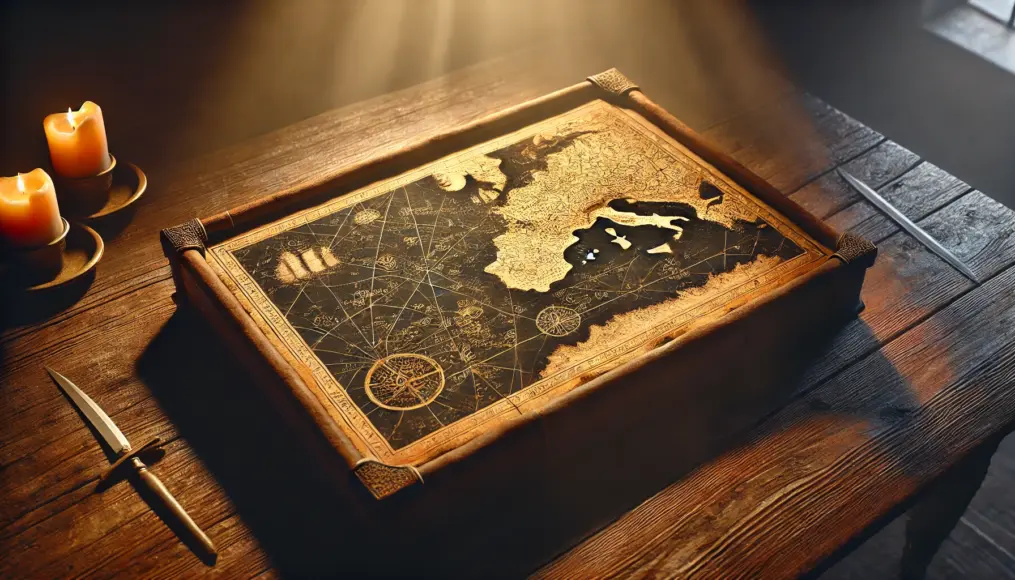
Features and Depictions of the Terrain on the Maps
The terrain depicted on these ancient maps often goes far beyond the known world of their time.
For example, some maps include unexplored regions or detailed seabed topography.
How this information was obtained in an era without modern scientific tools remains a mystery.
As a result, the maps are considered potential evidence of lost civilizations or advanced technologies.
Depictions of Unknown Terrain Raise Questions
Some maps feature terrain that even modern maps do not include.
This suggests that ancient explorers or cartographers may have employed extraordinary methods to gather information.
Alternatively, this knowledge could have been inherited from an ancient advanced civilization.
Such depictions fuel the urban legends and intrigue surrounding these maps.
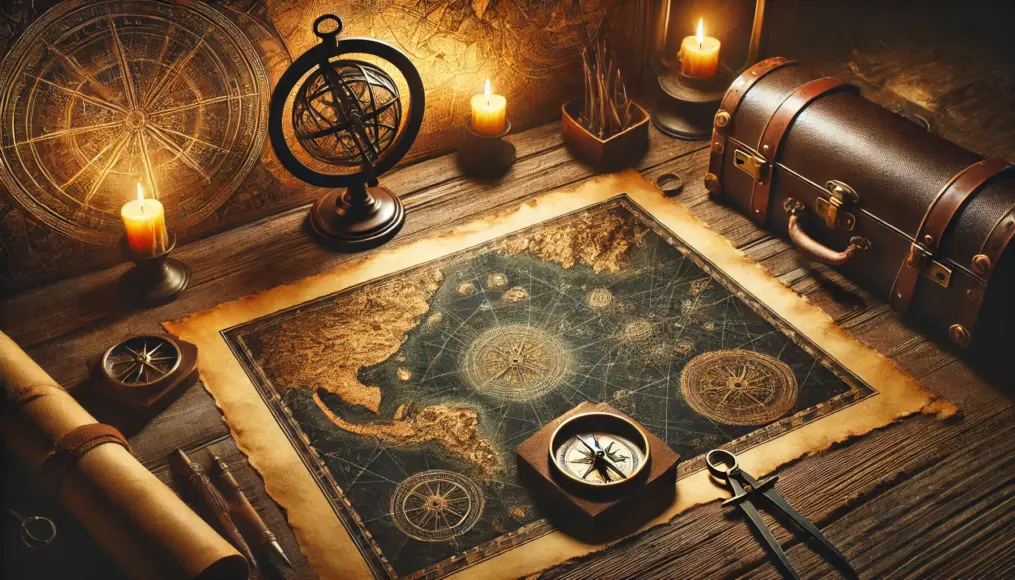
The Mystery of Technologies Used in Map Creation
The precision of these ancient maps hints at the use of special technologies by the people of that era.
How these technologies originated and were passed down remains unclear.
Many researchers speculate that the maps are evidence of lost civilizations or forgotten knowledge.
Others argue that the results may simply be due to natural phenomena or chance occurrences.
Possible Technologies Used in Ancient Map Creation
Some experts suggest that ancient people had advanced knowledge of astronomy and geometry.
There are also theories that special materials or surveying tools were employed in the creation of these maps.
The question of how such technologies were lost remains unanswered and requires further research.
Deciphering these techniques could be the key to reevaluating history.
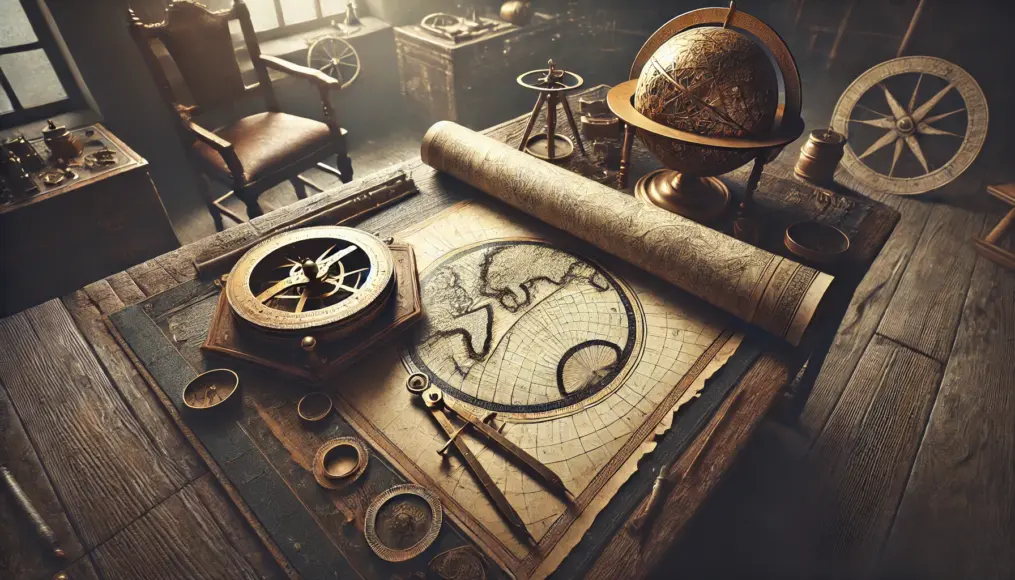
Unknown Information and Accuracy Depicted on the Maps
The maps discovered in ancient Europe feature a wealth of unknown information that remains unexplained even today.
Specifically, the detailed depictions of Earth’s landscapes and oceans suggest knowledge far beyond the technological and scientific capabilities of the time.
Additionally, the precision of these maps defies coincidence, adding further depth to the historical mystery.
In this section, we will delve into the accuracy and the unknown details depicted on these maps.
Unknown Terrains Depicted on the Maps
These maps often include terrains that remain unexplored or unidentified even in modern times.
For instance, they feature unexplored regions and detailed seabed topographies that continue to puzzle researchers.
The detailed illustrations suggest that ancient people may have possessed highly advanced observational techniques.
Alternatively, it is theorized that this knowledge may have been inherited from a lost civilization.
Accurate Depictions of Deep-Sea Topography
Some ancient maps include remarkably precise depictions of underwater mountain ranges and trenches.
These features, now confirmed by modern surveying technologies, were astonishingly well-documented on the maps.
How this information was gathered remains one of the most puzzling questions about these artifacts.
This accuracy enhances the intrigue and allure of the maps as historical enigmas.
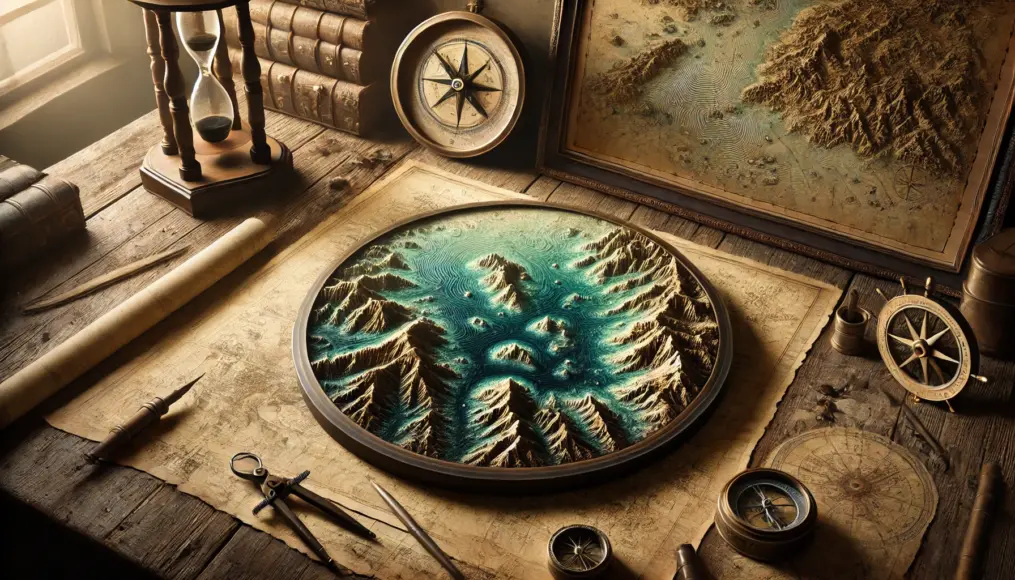
Illustrations of Unknown Islands
The maps also depict islands that are not recognized on modern charts.
Whether these islands were real, legendary, or simply imaginative creations remains a mystery.
However, the scale and accuracy of these depictions suggest they were not merely accidental inclusions.
Understanding the purpose or origin of these illustrations could be key to solving the maps’ mysteries.
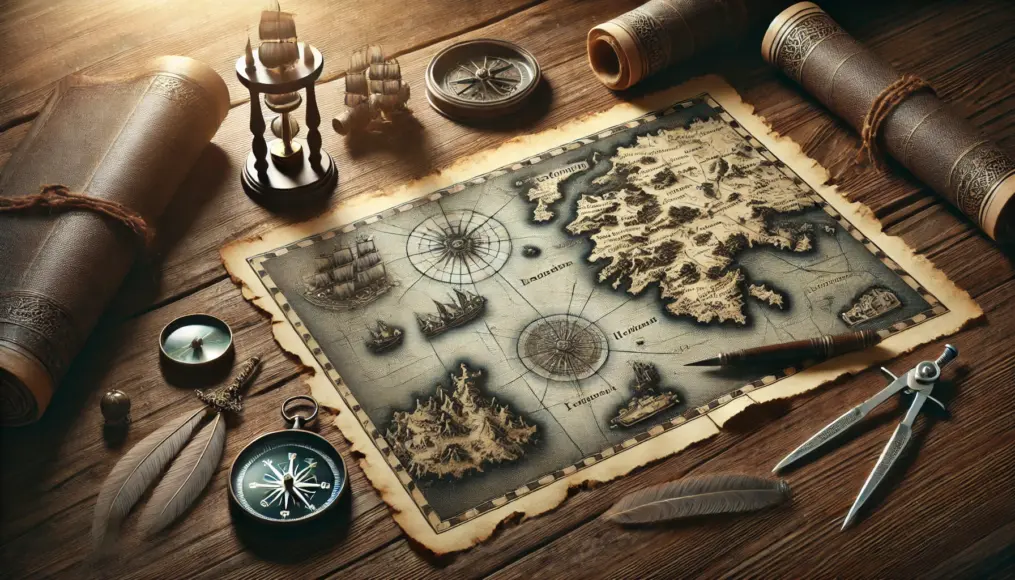
The Accuracy of the Depicted Information
The accuracy presented by these ancient maps is remarkable, even by modern standards.
Notably, the detailed renderings of coastlines and mountain ranges closely align with contemporary satellite images.
This precision raises questions about how ancient cartographers could have created these maps.
From a scientific perspective and through the lens of urban legends, this topic remains an intriguing puzzle.
Precise Depictions of Coastlines
Some maps feature coastlines of Antarctica as they would have appeared before being covered by ice.
How this information reached ancient cartographers is still unknown.
Nonetheless, the precision of these depictions has amazed modern scientists and sparked debate.
The origin of this knowledge remains one of the maps’ most enduring mysteries.
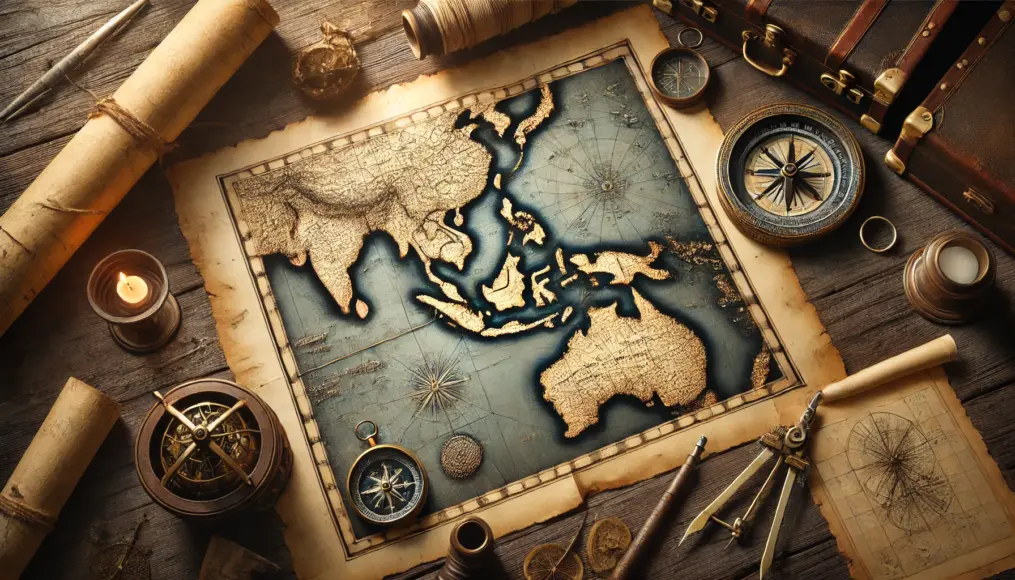
Connections to Astronomy
Some experts suggest that these maps may have been based on advanced astronomical knowledge.
For example, they theorize that celestial positions and movements could have been used to map the Earth.
If this theory holds, it implies that ancient people possessed highly advanced observational techniques.
The fusion of astronomy and geography might have been the foundation for these maps.
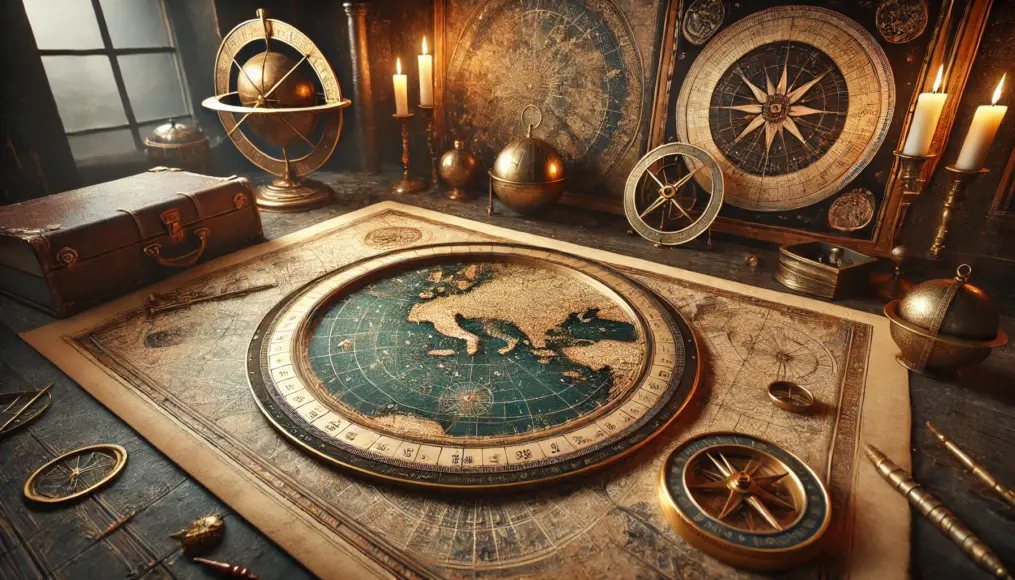
Interpretation of Maps as Urban Legends and Related Theories
The ancient maps discovered in Europe possess a mysterious allure that transcends their historical significance.
They have become the subject of numerous urban legends and speculative theories over time.
The unknown terrains and remarkable accuracy depicted on these maps are often linked to the existence of lost civilizations and ancient advanced technologies.
In this section, we delve into these urban legends and the hypotheses surrounding them.
Connections to Lost Civilizations
Many urban legends suggest that these maps are relics of lost civilizations.
Notably, they are often associated with legendary societies such as Atlantis and ancient Egypt.
The precise depictions on these maps indicate knowledge that surpasses what is known to have been possible during their time.
These interpretations add another layer of fascination to the allure of these ancient artifacts.
Link to Atlantis
Proponents of the Atlantis theory point to these maps as evidence supporting its existence.
For instance, some maps depict unknown islands that are believed to correspond to the territory of Atlantis.
Furthermore, the shapes and positions of these islands are claimed to align with ancient records.
If true, this would deepen the mystery surrounding lost civilizations.
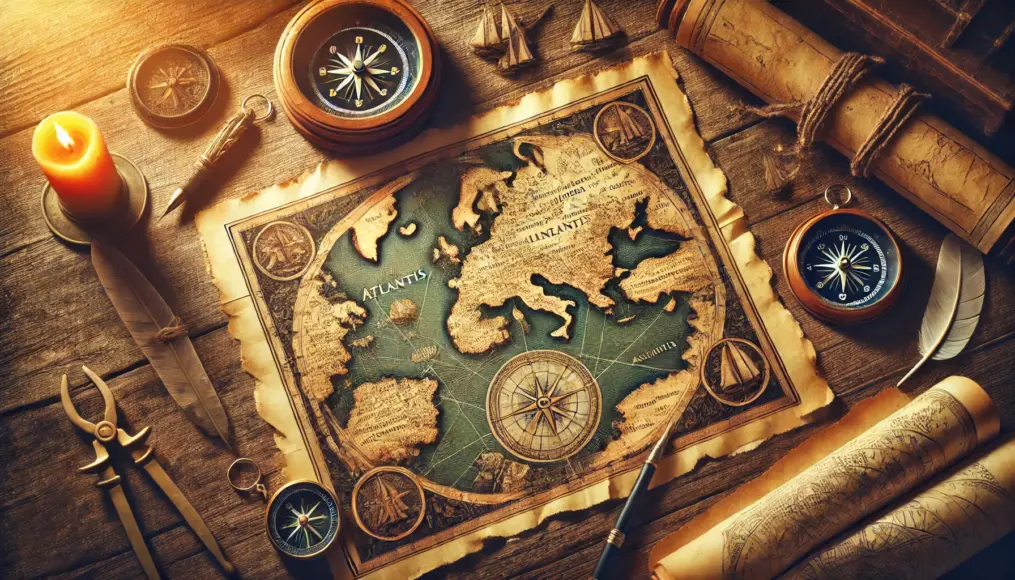
Relation to Ancient Egyptian Technologies
Some researchers suggest that the accuracy of these maps may be linked to the advanced technologies of ancient Egypt.
Specifically, the Egyptians’ sophisticated knowledge of astronomy and geometry could have influenced the creation of these maps.
If this hypothesis is correct, it implies that Egyptian civilization played a pivotal role in advancing cartography.
This connection may reflect the Egyptians’ unique understanding of the cosmos and Earth.
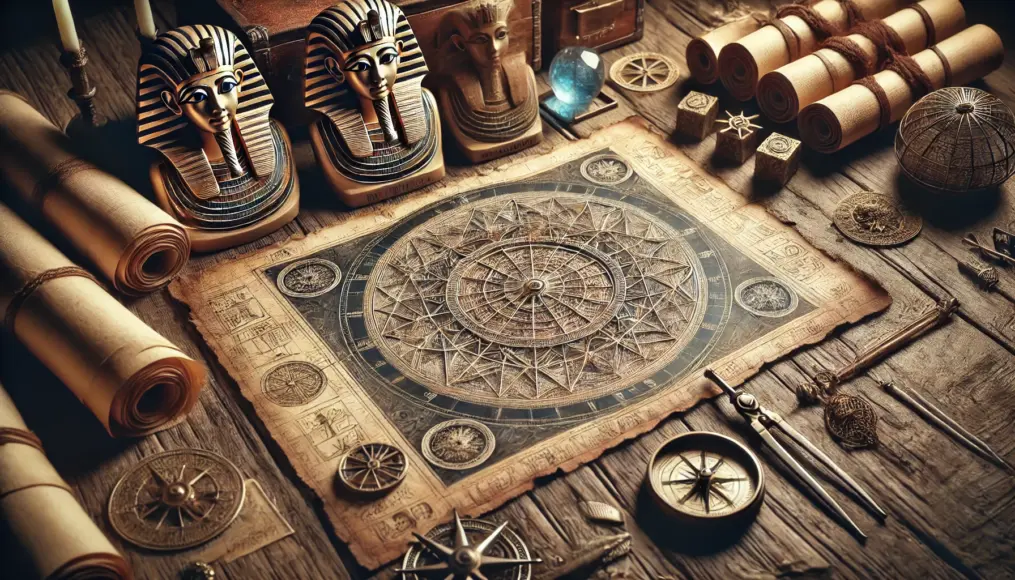
Hidden Advanced Technologies in the Maps
Among the urban legends, some theories propose that these maps reveal the use of ancient advanced technologies.
These technologies are thought to have been highly sophisticated, surpassing the capabilities of even modern science.
In particular, the precise geographic data and depictions of unknown regions suggest something beyond mere coincidence.
Such interpretations deepen the intrigue and mystery surrounding these maps.
Examples of Advanced Technologies
One example of possible ancient technology used in map creation includes methods involving sound waves or vibrations for surveying.
Additionally, theories about unknown energy sources or observational tools are often proposed.
How these technologies were lost remains an enduring mystery.
These ideas make the maps an even more compelling subject of urban legends.
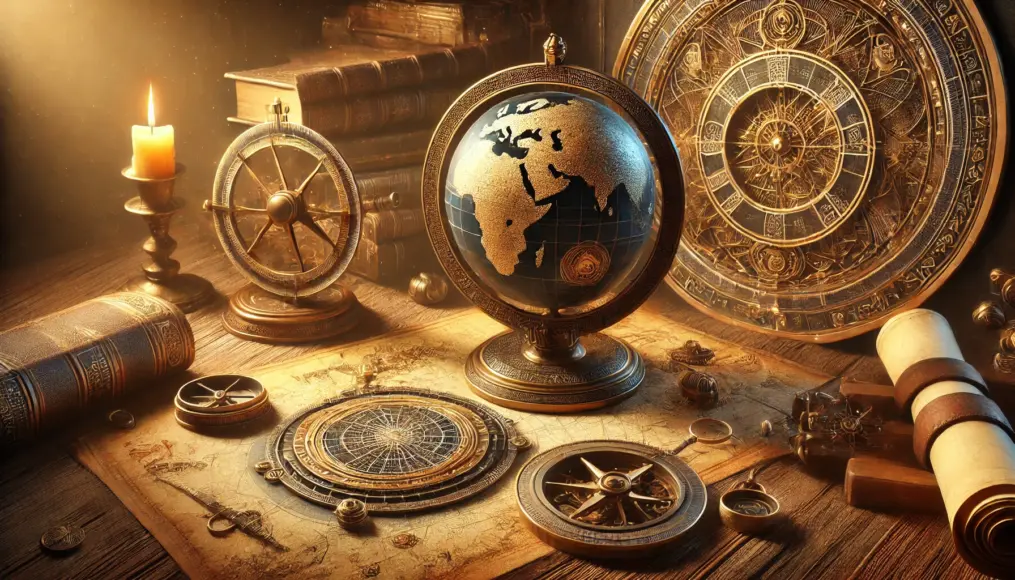
Influence on Future Technologies
The hypotheses surrounding these advanced technologies could also influence the development of future sciences and technologies.
By unraveling the mysteries of these maps, new discoveries and innovations might emerge.
In particular, understanding unknown energy sources or observational techniques could significantly contribute to human advancement.
From this perspective, the study of ancient maps holds immense value for the future.
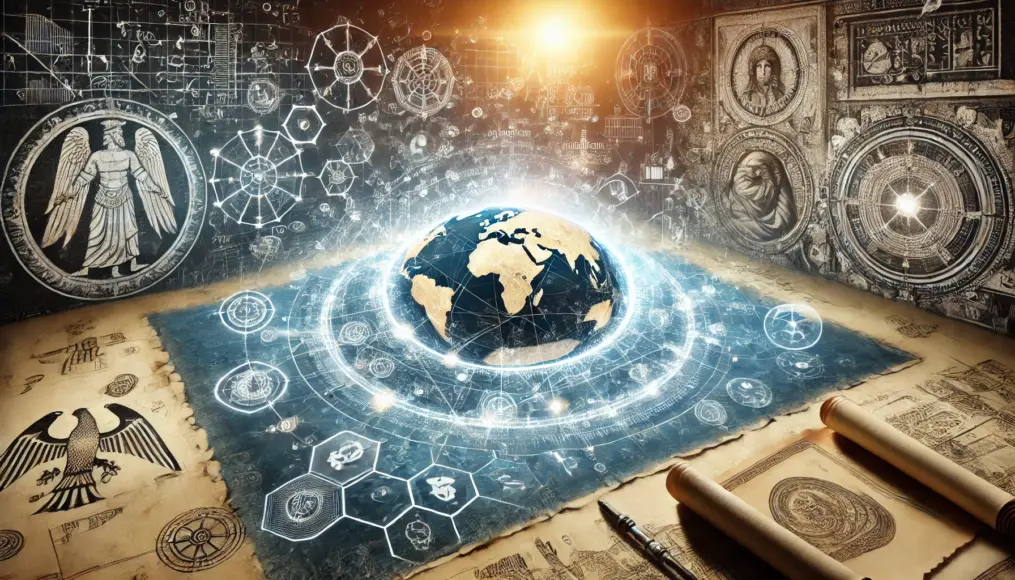
Insights from Ancient Knowledge for the Future
The precise maps of ancient Europe go beyond being mere historical artifacts; they hold significant potential to influence modern and future technologies.
The unknown information and accuracy encoded in these maps could inspire a reevaluation of current scientific and technological understanding.
Furthermore, the knowledge embedded in these maps may unlock secrets of nature or energy utilization that remain undiscovered.
In this section, we explore how ancient knowledge offers hints for shaping the future.
Scientific Inspiration from the Maps
These maps provide a wealth of inspiration for modern scientists and engineers.
The precise geographic data depicted can offer new perspectives on observing and understanding the natural world.
Additionally, the information contained in these maps may suggest possibilities for sustainable energy use and environmental conservation.
The intersection of ancient knowledge and modern technology could open the door to an unknown future filled with discoveries.
Utilizing Topographic Data for Environmental Conservation
The topographic data depicted in ancient maps could be invaluable for environmental preservation.
For example, this data could help reconstruct lost ecosystems or replicate natural landscapes.
It may also find applications in predicting and mitigating natural disasters.
The idea that ancient maps could hold the key to saving our planet is truly fascinating.
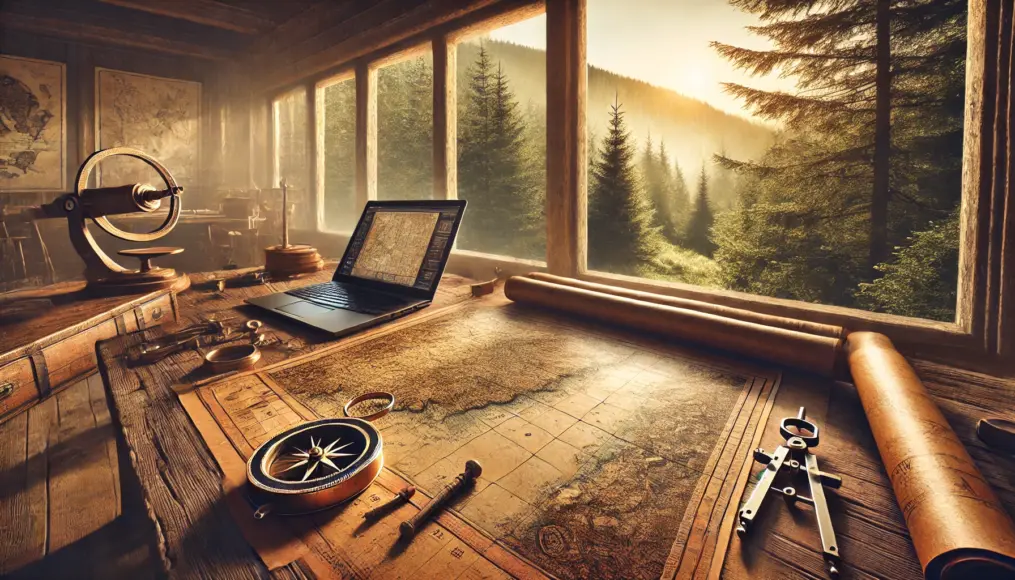
New Possibilities for Energy Utilization
The maps may also hold clues to previously unknown methods of energy utilization.
For instance, they could hint at hidden natural energy sources waiting to be harnessed.
Discovering such sources would be a significant step toward building a sustainable society.
Could ancient knowledge serve as a foundation for creating a new future?
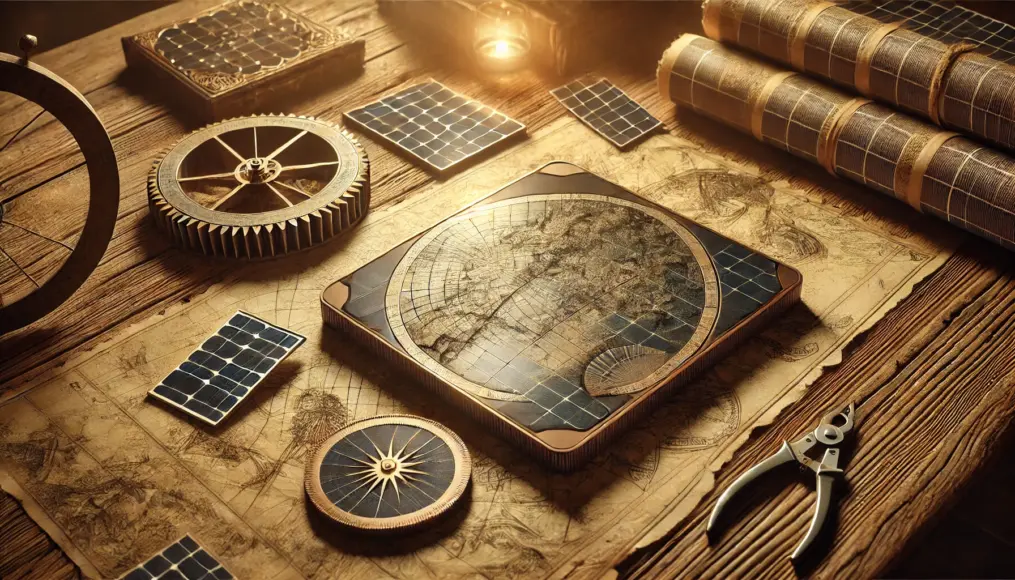
Exploring Unknown Territories
The uncharted territories depicted on ancient maps represent potential areas yet to be explored by humanity.
Investigating these regions could lead to groundbreaking discoveries and technological advancements.
Moreover, they might even influence planetary exploration and space development.
Exploring the unknown is vital for human progress and evolution.
Uncharted Terrains and Space Exploration
The uncharted terrains on ancient maps may provide new directions for space exploration.
These terrains might share similarities with landscapes found on other planets or moons.
If so, these maps could become crucial resources for studying extraterrestrial life and space development.
What new worlds could these maps lead us to? It’s a question worth pondering.
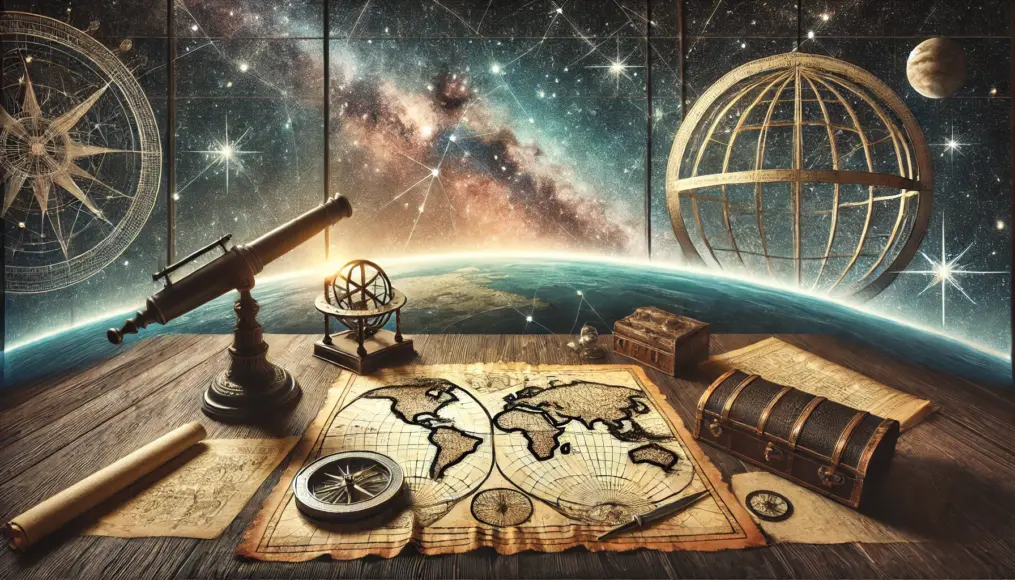
Human Evolution and the Pursuit of the Unknown
The pursuit of the unknown has always driven human evolution.
The mysterious information in these ancient maps offers us new challenges to tackle.
These challenges could fuel not only scientific and technological advancements but also humanity’s spiritual growth.
It’s exciting to imagine how far these maps might take us in shaping our future.
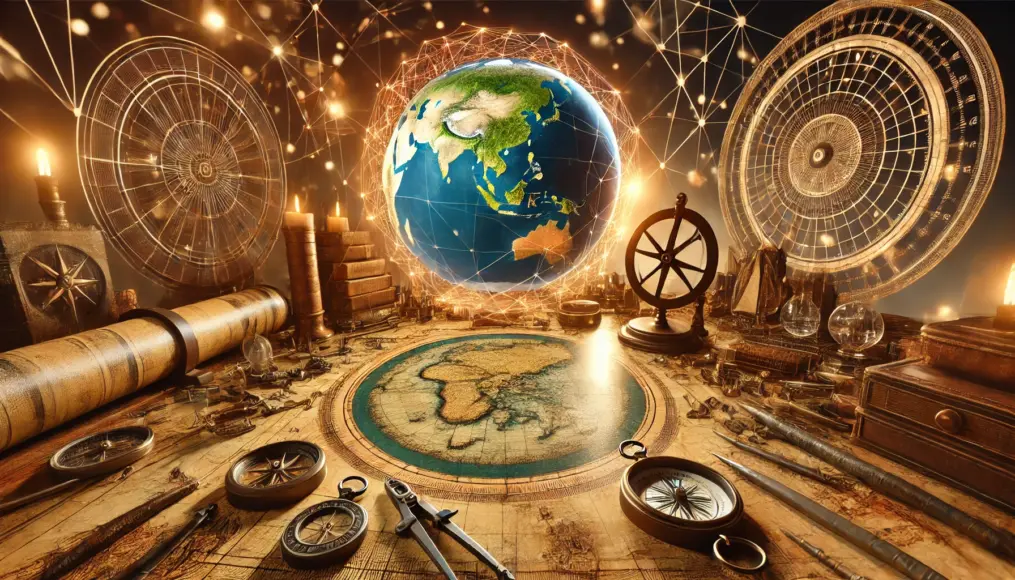
Revisiting the Fascination of Ancient Maps
The precise maps discovered in ancient Europe go beyond being mere historical artifacts; they offer us a glimpse into unknown possibilities and provide hints for shaping the future.
Their accuracy and mysterious information suggest the existence of lost civilizations and advanced technologies, making them a captivating subject for both scientific research and urban legends.
These maps challenge us to learn from the past and explore how we can shape the future using the wisdom they contain.
Where do you think the key to unlocking the secrets of these ancient maps lies?
Feel free to share your thoughts and insights in the comments below!

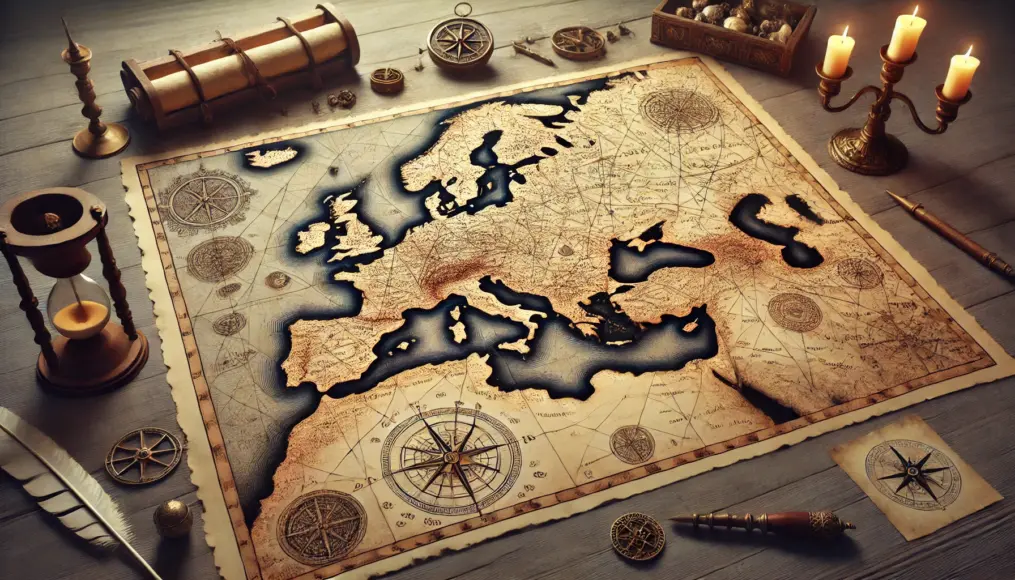
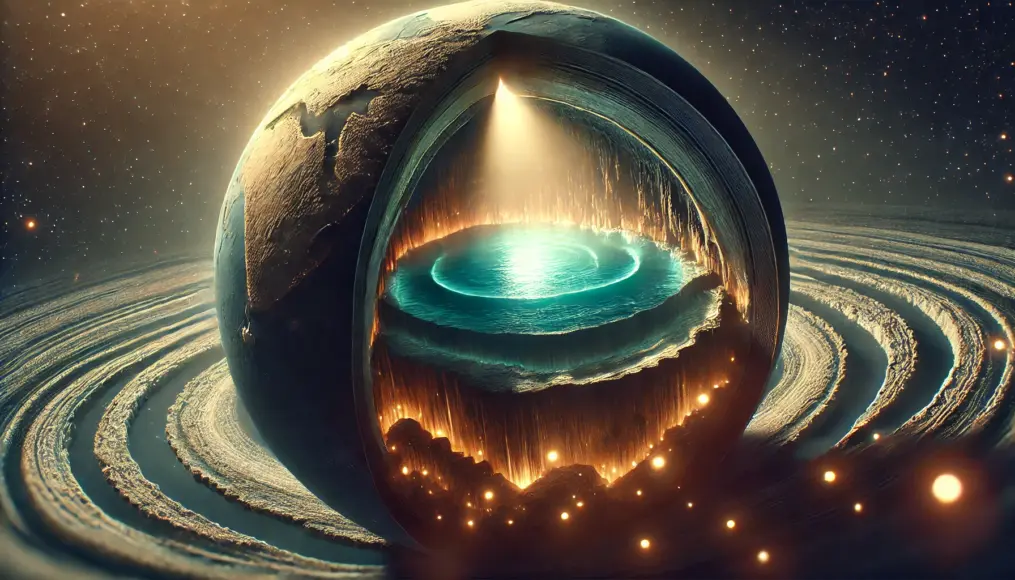
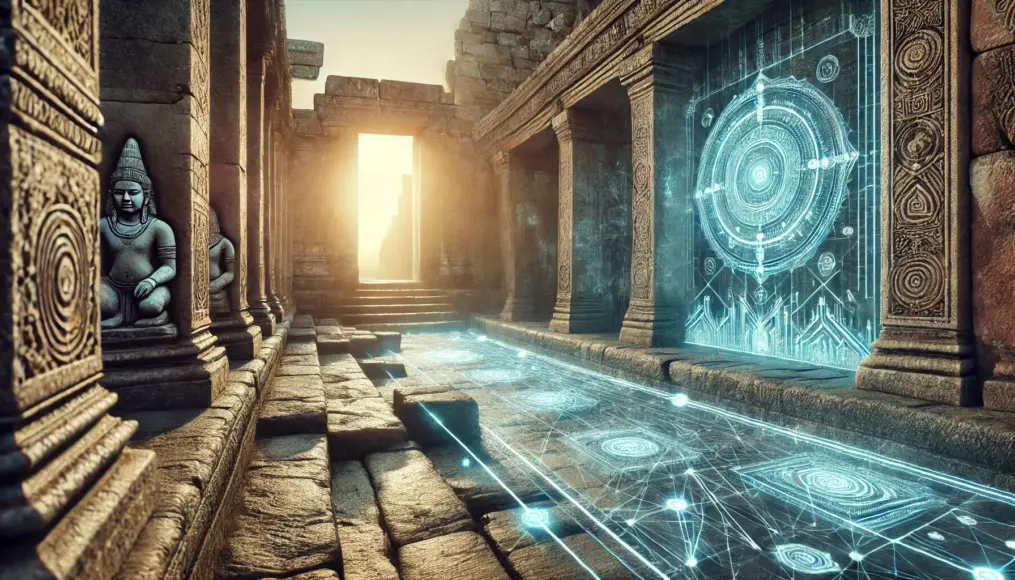
Comment